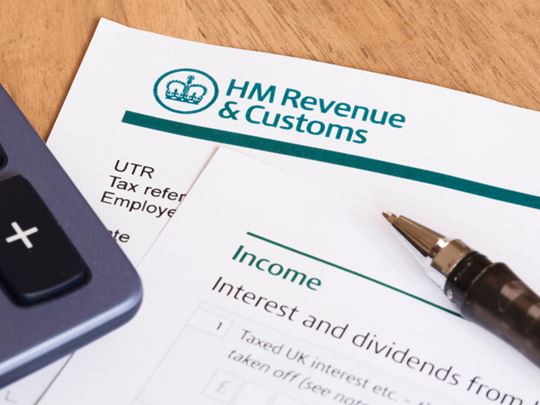
Yesterday, Chancellor Jeremy Hunt announced that tax relief for foster parents and ‘shared lives carers’ are set to increase from the 2023 to 2024 tax year, and will continue to rise each year in line with inflation.
The new measure aims to support foster parents by helping them retain most – if not all – of their fostering allowance, but also ensuring that the relief stays ‘at an appropriate over time in line with inflation’. This change is estimated to affect 33,500 people, who care for 58,000 foster children.
This latest announcement is a positive step forward for foster parents, recognising the value they bring to the most vulnerable children and young people in our local communities. We are absolutely delighted with the news and it’s something that many feel is long overdue given that it hasn’t been reviewed since the Qualifying Care Relief (QCR) was first introduced in 2003.
So now let’s delve into everything you need to know about the increase in tax relief for foster parents.
Key tax relief changes for foster parents from the Spring Budget 2023
- The Qualifying Care Relief fixed amount will rise from £10,000 to £18,140
- The additional weekly tax relief per child will also increase:
- Under 11 years old – this will rise from £200 to £375 per week
- 11-year-olds and over – this will rise from £250 to £450 per week
- Both the fixed amount and additional weekly tax relief amounts will automatically increase each year in line with inflation.
How does the Qualifying Care Relief work?
As a foster parent, you will receive a fixed amount of annual tax relief plus a weekly tax relief allowance that’s provided for each child in their care. The amount you receive for this will vary depending on the age of the child.
Both the fixed amount and weekly allowance are then deducted from your total annual income from fostering to work out your taxable income. Of course, you’ll also have your Personal Tax Allowance, which is the amount of income you do not have to pay tax on.
What are the changes?
The new Qualifying Care Relief will be as follows:
- Annual fixed amount - £18,140 – up from £10,000
- A weekly tax relief allowance based on the age of the child:
- Under 11 years old - £375 – up from £200
- 11-years-old or older - £450 – up from £250
This will come into place from the 2023/2024 tax year and increase yearly in line with inflation.
How will the foster parent tax relief changes affect me?
If you’re caring for one child and have no other form of income, then chances are you’re probably not currently paying any tax, and that won’t change for you.
However, if you’re working and fostering, have another form of income, or foster more than one child, then it’s likely that these new changes will benefit you greatly.
Read some examples below on what the new tax relief rates may look like for you…
Jenny cares for 1 child over 11 years old. The child had been with her for the full tax year.
She receives:
- £23,223 from her fostering agency
- £18,140 annual tax relief
- £23,400 weekly tax relief
- £41,540 total annual tax relief
She will not pay tax on her fostering income.
Jo cares for two children over 11 years old. Both children have been with him for a full tax year.
He receives:
- £46,446 from his fostering agency
- £18,140 annual tax relief
- £46,800 weekly tax relief
- £64,940 total annual tax relief
He will not pay tax on his fostering income. However, previously he may have been eligible to pay tax on £10,446 worth of income.